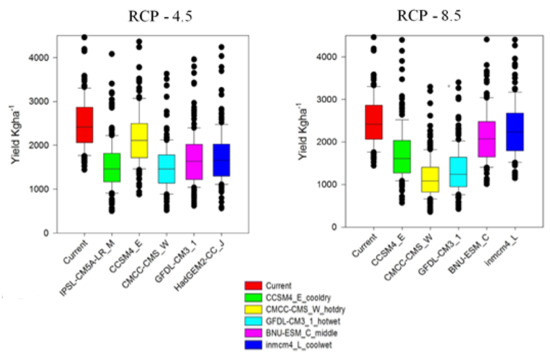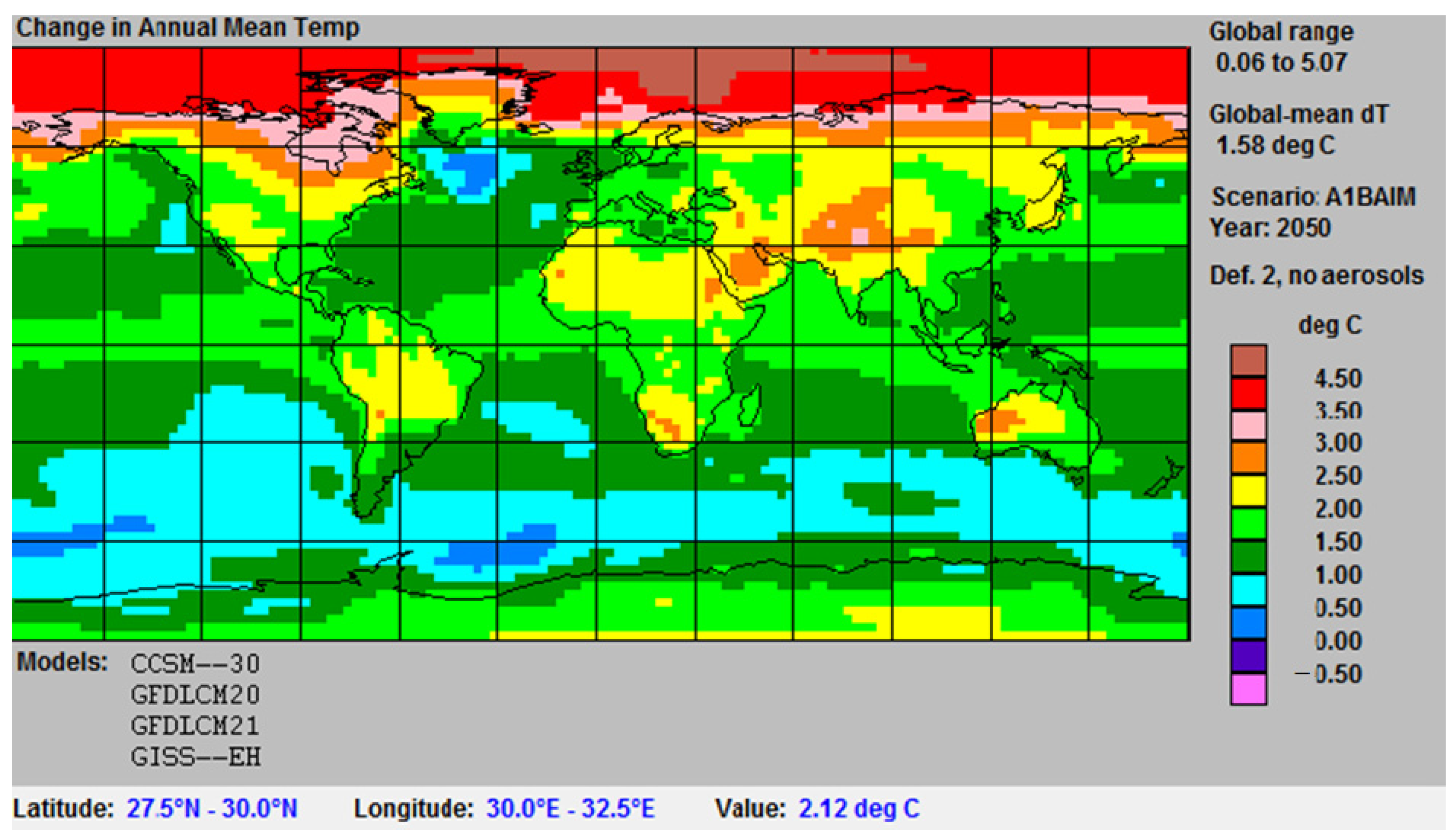

(g) independent administration by an arm's-length agency of government (f) timely and safe return to health and work and (e) prevention of workplace injuries and diseases (d) immunity of employers and workers from civil suits (c) income replacement benefits based upon loss of earning capacity (b) compensation for injured workers and their dependants, regardless of fault (a) collective liability of employers for workplace injuries and diseases WHEREAS Manitobans recognize that the workers compensation system benefits workers and employers in Manitoba ĪND WHEREAS Manitobans recognize that the historic principles of workers compensation should be maintained, namely The Workers Compensation Act Table of Contents (J Vasc Surg 1997 25:19-28.Note: Earlier consolidated versions are not available online. Above-knee prostheses should be only selectively used in younger, smoking patients, and graft size should be carefully considered in patients who undergo this operation. In that instance, the choice of graft material will depend on handling characteristics and cost. If the preferential use of synthetic bypass grafts above the knee is to be used, it should be restricted to older nonsmokers with favorable anatomy. Patency rates in both graft groups were inferior in patients who received small grafts (5 to 6 mm vs 7 to 8 mm hazards ratio, 4.15) and younger (<65 years) smoking patients.Ĭonclusions: The fact that these two prosthetic grafts performed in equivalent fashion in a controlled, well-conducted prospective study is not surprising in spite of the previous work that suggested differences. No unexpected adverse outcomes on limb status were noted. At the end of these years, no statistical significance in primary or secondary patency rates was observed between the two grafts (primary patency rate, 62% ± 14.4% for Dacron 57% ± 15.5% for PTFE). The long-term patient survival rate was excellent (77% at 3 years). The procedural mortality rate was zero, and the morbidity rate was low (6.5%). Results: There were no differences in graft groups in demographic or comorbid factors. Data were further analyzed with a Cox proportional hazards model. The data were analyzed by the log-rank test for cumulative patency and expressed as Kaplan-Meier curves. Continuing patency was noted, as were other potential adverse outcome events. They were frequently observed by protocol for as long as 5 years by a physical examination noninvasive hemodynamic study, including duplex scanning in many instances. They underwent placement of either a knitted Dacron polyester graft impregnated with collagen or a thin-wall expanded reenforced PTFE graft to the above-knee popliteal artery, usually from the common femoral artery.

Two hundred forty-four patients eligible for such a study, by virtue of criteria extant in each institution at the time, were centrally randomized.
#Ccsm kr board view trial#
Methods: A randomized prospective trial in eight clinical academic centers in the United States and Canada was initiated in 1991. The purpose of this study was to examine these results in a definitive way.

However, in many centers, knitted Dacron polyester has been used in these patients, and there are several studies that show equivalent and, in some, superior results with Dacron when compared with PTFE.

This approach has been popularized on the basis of the seemingly acceptable results when using polytetrafluoroethylene (PTFE). Purpose: There are excellent arguments in favor of the preferential use of prosthetic grafts above the knee for the treatment of infrainguinal occlusive disease.


 0 kommentar(er)
0 kommentar(er)
